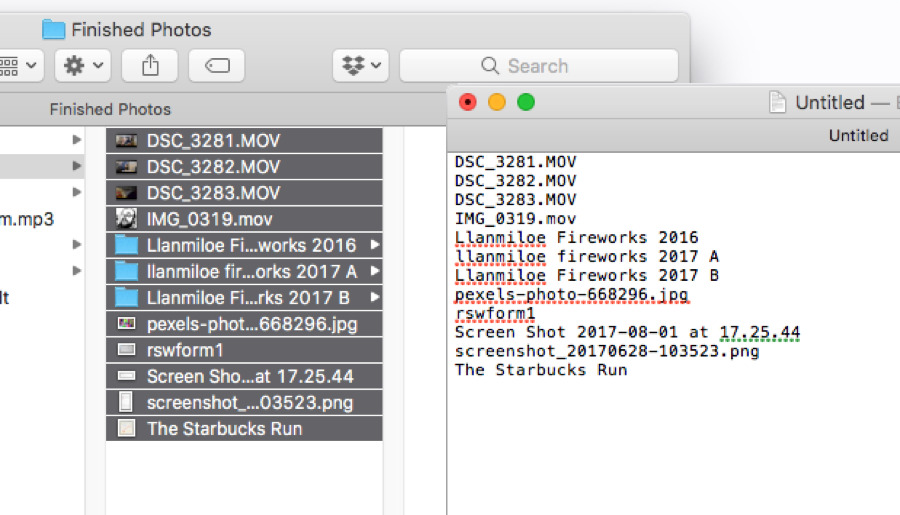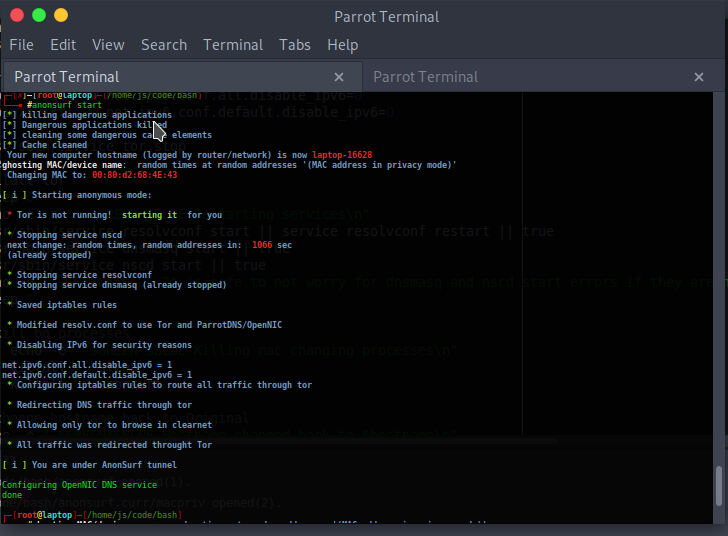

Pgbench -i creates four tables pgbench_accounts, pgbench_branches, pgbench_history, and pgbench_tellers, destroying any existing tables of these names.
MAC UTILITY RANDOMIZE FILE NAMES HOW TO
(You may also need -h, -p, and/or -U options to specify how to connect to the database server.) Where dbname is the name of the already-created database to test in. (When you are testing a custom script, you don't need this step, but will instead need to do whatever setup your test needs.) Initialization looks like: pgbench should be invoked with the -i (initialize) option to create and populate these tables. The default TPC-B-like transaction test requires specific tables to be set up beforehand. (In -T mode, only the actual number of transactions is printed.) The last line reports the number of transactions per second. The next line reports the number of transactions completed and intended (the latter being just the product of number of clients and number of transactions per client) these will be equal unless the run failed before completion. The first six lines report some of the most important parameter settings. Tps = 896.967014 (without initial connection time) Number of transactions actually processed: 10000/10000 However, it is easy to test other cases by writing your own transaction script files. By default, pgbench tests a scenario that is loosely based on TPC-B, involving five SELECT, UPDATE, and INSERT commands per transaction. It runs the same sequence of SQL commands over and over, possibly in multiple concurrent database sessions, and then calculates the average transaction rate (transactions per second). You're done! You can close the terminal window now by typing in exit.Įvery time you create a new screenshot, it will save it as bQd.jpg – short, unique and much nicer to share over the internet – at least for us.Pgbench is a simple program for running benchmark tests on PostgreSQL. The Server will restart itself immediately : killall SystemUIServer In order to load the settings, we'll have to restart the SystemUIServer, which can be done easily with the killall command. When you're done typing, press the Escape key, and type : :wq to save the file and quit the editor. Press A, to switch to insert mode, then scroll down with the cursor keys, and add the following new line at the bottom : * * * * * /usr/bin/openssl rand -base64 3 | xargs defaults write name For that we'll use the inbuilt openssl rand feature in a cronjob.įor that we'll have to edit the cronjob, by typing in crontab -e. So what we like to do here, is giving them a random 3 letter filename every minute.
MAC UTILITY RANDOMIZE FILE NAMES MAC OS X
Randomize the Screenshot name on Mac OS X However, it's not so nice to have a lot of filenames in the format : screen.jpg You can do that by simply running : defaults write name screenĪnd all new screenshots would start with screen. Now let's change the base name of the Screenshot, the Screenshot.jpg part itself. So Screenshot 19.45.38.jpg would become Screenshot.jpg ( and Screenshot(2).jpg, Screenshot(3).jpg, etc. With the following command, we can remove the part which automatically adds the date to the screenshot name automatically. Remove date from screenshot name on Mac OS X

Simply type into the terminal the following : defaults write type jpgĪll commands should be followed by the enter key. This will also keep our Dropbox size smaller. That will give us a much nicer filesize saving, which you can benefit from more and more the higher your resolution. Let's change the screenshot type from PNG to JPG. With the command defaults read you can see your current options. Reading current Screenshot options on Mac OS X You will need to enter the Terminal on Mac OS, which you can easily find in your finder. It's a bit tougher than anticipated, but we have a solution nevertheless.

Be able to simply shorten the screenshot names on Mac OS, so they aren't saved every time as Screenshot 19.45.38.png – especially since we know the screenshot date from the creation time.Reduce the screenshots in size, so they don't eat more space than necessary.

With services like Dropbox coming now with cool automated Screenshot sharing features, it'd be also nice to :


 0 kommentar(er)
0 kommentar(er)
